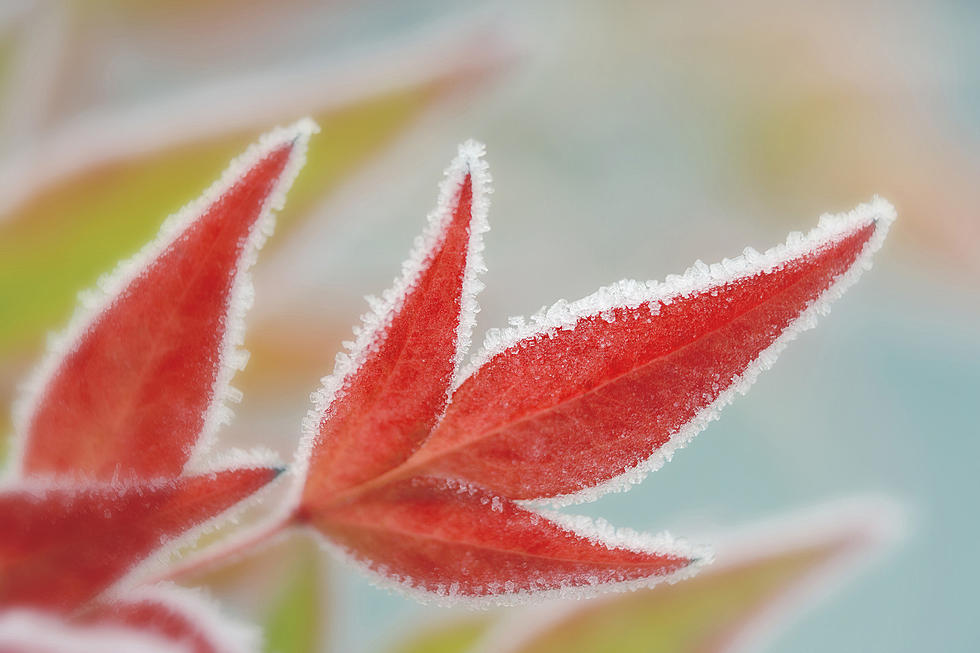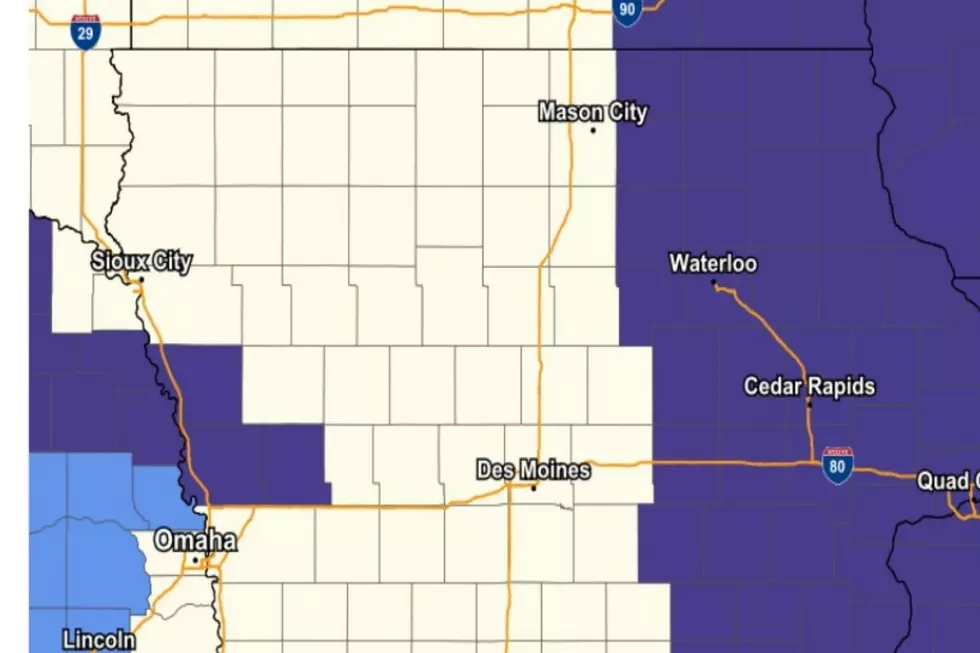
When Will We Get the first F-F-F-Frost of the Season?
I know, you don’t want to think about it, but it’s inevitable…it’s going to get cold -- sooner than later.
In 2020, Waterloo’s first date of the season below 32* was October 4. The last time temps bottomed out below the freezing point in September in Waterloo was 9/23/2012 when it was a chilly 29. (It also reached 29* on 9/30/12)
It has only reached at or below 32* just 40 times in September in Waterloo since 1895. So, frost this month is a bit rare. The latest in the fall for the temperature to finally reach at/below 32* was October 29th in 1963 and 1973.
As for Cedar Rapids, the first time of the fall season in 2020 to dip at/below 32* was October 2 when it was 30 degrees.
It has only reached at or below 32* just 20 times in September in Cedar Rapids since 1895, most recently in 2012 on September 23 when it was 29*.
The latest in the season that Cedar Rapids has gone before hitting 32* or colder was November 8, 1900.
According to Iowa State University’s Horticulture Extension, Waterloo’s first frost, generally, occurs on September 30th. (Using weather data collected from 1971 to 2000).
The Old Farmer’s Almanac predicts that the first Frost in Cedar Rapids generally falls in the first week of October.
The Iowa Department of Agriculture and Land Stewardship shows the average date of the first freeze across the state falls between September 30 and October 15, earlier in the northwest and later in the southeast part of the state.
Frost is predicted when air temperatures reach 32°F (0°C), but because it is colder closer to the ground, a frost may occur even when air temperatures are just above freezing.
Light freeze: 29° to 32°F — tender plants are killed.
Moderate freeze: 25° to 28°F —widely destructive to most vegetation.
Severe freeze: 24°F and colder—heavy damage to most garden plants.
Another UFO Sighting in Evansdale, Iowa - Photos
LOOK: The most expensive weather and climate disasters in recent decades
More From 97.7 KCRR




![What is ‘Rime Icing?’ [Photo Gallery]](http://townsquare.media/site/725/files/2021/01/Untitled-design-1.jpg?w=980&q=75)




